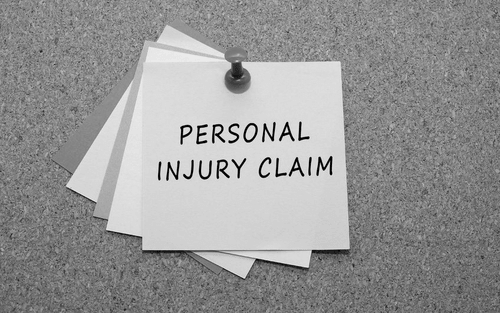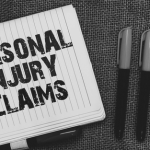You may have heard the term “tort reform” before, but you may not have fully understood what it meant. This blog article won’t go into the history of tort reform, but tort reform typically refers to the legislative changes that affect personal injury cases, including making it more difficult for injured people to commence a lawsuit and/or placing caps on how much money an injured person can recover in a personal injury lawsuit. These monetary limitations are usually called “damages caps.” In May, we discussed the damages caps in medical malpractice cases in North Dakota. If you missed that blog, you can find it here. Not only are there limitations on damages in medical malpractice cases, but there are also limitations on lawsuits against charitable organizations, among others. This blog article will focus on the charitable organization damages caps.
What Is A Charitable Organization?
Under North Dakota law, a charitable organization is “a nonprofit organization whose primary purpose is for relief of poor, disabled, underprivileged, or abused persons, support of youth and youth programs, or the prevention of abuse to children and vulnerable adults.”
Can A Charitable Organization Be Sued For Personal Injury Damages?
Yes, a charitable organization can be held liable for money damages for personal injury or property damages that is proximately caused by the negligence or wrongful act/omission of an employee acting within the employee’s scope of employment.
What Are The Damages Caps?
In North Dakota, the damages cap for personal injury lawsuits against charitable organizations is $250,000.00 per person and $1 million total for all claims arising from a single occurrence. This cap is different from the medical malpractice cap in two ways: 1) the medical malpractice cap is $500,000 per person, and 2) the medical malpractice cap only applies to non-economic damages (the cap in charitable organizations cases applies to both economic and non-economic damages). We also discussed the differences between economic and non-economic damages in a previous blog, which you can find here.
The statute also specifies that a charitable organization will not be held liable for punitive or exemplary damages. In July, we discussed punitive damages (exemplary damages) in a different context, which you can read here.
What Does This Mean For Me?
Unfortunately, it means that if you are injured due to the negligence of a charitable organization, you can only recover a maximum of $250,000 (or $1 million as a group, if many people are injured from the same incident), regardless of the amount of economic (medical bills, lost wages, etc.) and non-economic damages (pain, suffering, inconvenience, etc.) you incur.
Conclusion
If you have been injured and are looking to consult with an attorney, please give the Personal Injury Team a call at 701-297-2890 or email us below. All consultations are free of charge, and any case for personal injury is on a contingency fee basis only, meaning we only recover fees if we are able to get you compensation for your harms and losses.
The information contained in this article and on this website is for informational purposes only and not for the purpose of providing legal advice. Each personal injury case is different, and this article only summarizes very technical laws. You should contact an attorney to obtain advice with respect to your particular case.










